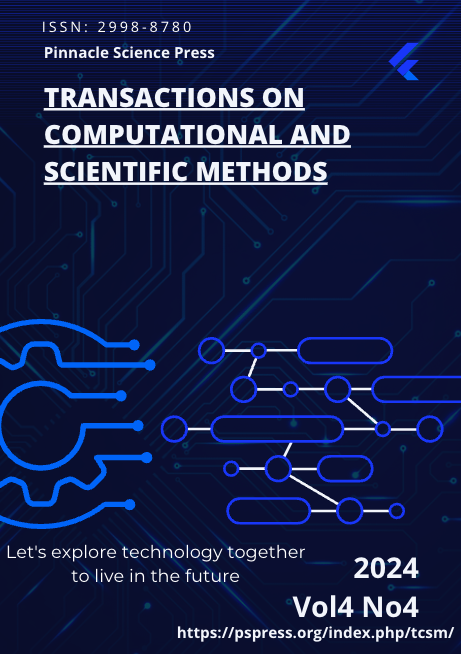Graph Neural Network Framework for Default Risk Identification in Enterprise Credit Relationship Networks

Abstract
This paper proposes a graph neural network-based algorithm for default risk identification in enterprise credit relationship networks, addressing the challenges of complex dependency structures and multi-source feature integration. The method constructs a graph representation based on enterprise guarantee relationships, integrating node-level information such as financial attributes, registration details, and credit labels. A multi-layer graph convolutional network combined with a multi-head attention mechanism is employed to capture structural dependencies and aggregate features. The model architecture comprises a graph embedding and a classification module for performing binary classification between default and non-default enterprises. To evaluate performance, multiple experiments are conducted, including structure perturbation, training ratio variation, layer depth, and attention head configuration. The proposed model is assessed against mainstream methods using metrics such as accuracy, F1-score, and precision. Results show that the model outperforms existing baselines in structural representation, risk identification accuracy, and robustness to graph noise. Especially in dense credit graphs with multi-hop dependencies, the model effectively captures deep relational patterns and abnormal paths, demonstrating strong classification performance and stability for credit risk tasks in complex financial networks.